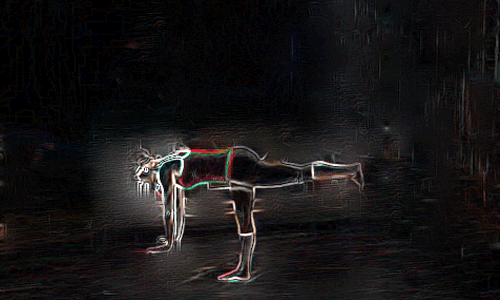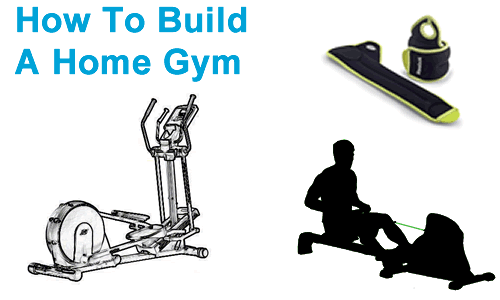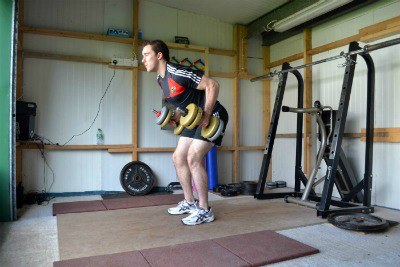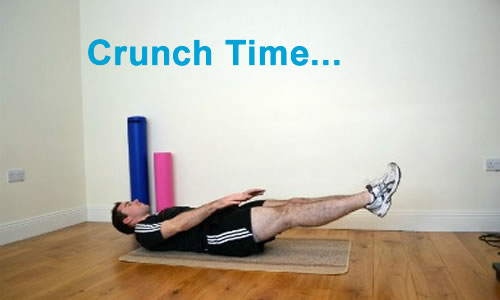You’ve joined a gym and for the first few weeks you are going regularly and enjoying it. You notice the weight is falling off and you’re looking and feeling much healthier. However, after a month or so what can often happen is you find it increasingly difficult to be motivated to go.
Even if you are motivated, things can become a little repetitive and can ultimately prevent you from progressing as much as you’d like. This is where your ‘guardian angel’ could come in to play and get you to push yourself a little harder. In this case, your guardian angel comes in the form of a gym buddy; someone who goes to the gym with you and works out with you – preferably of a similar ability.
There are a few reasons in particular why going to the gym with a friend will help:
Firstly, your gym buddy will provide a reason to go other than for your own benefit. You are more likely to do something when there is someone else involved for fear of letting them down. Not only this, there is a sense of camaraderie and even competition in some cases.
When you’re at the gym on your own, you have no one to beat, to compete with or to measure yourself against. With a gym buddy this changes. You feel the urge to go to the gym to beat (or keep up with) your buddy. The same will go for him/her too, they will feel the exact same.
Secondly, you can lift and do more. How? Well, you have someone to ‘spot’ you. Spotting is when you have someone looking out for you when you are lifting heavy weights. On your own you have to be careful because if you run out of steam half way through a rep, you don’t have many options. With a gym buddy looking over you, you are allowed to really push yourself, knowing that they will be there to help you if you run out of energy mid-lift. It keeps both of you focused too
Another useful thing that comes with going to the gym in a pair is the fact that rest periods between sets are almost automatically regulated. Technically you don’t stop (as you will be spotting your partner in between your own sets), but gone are the days when you need to constantly clock watch to know when to start your next set of lifts. By the time your gym buddy has finished his set, you can go again – it’s the perfect partnership.
Finally, they increase the number of exercises you can actually perform. Some exercises can be modified and made more challenging once you introduce a gym buddy. Take abdominal crunches for example. Anyone can do crunches on their own, but bring in a gym buddy and not you can make them much more difficult by introducing a medicine. Now each time you hit the top of a crunch, they throw you the medicine ball which works your abdominal muscles that little bit harder. Things like this will make a huge impact to your progress in the long run.
Gym buddies are arguably the best piece of equipment you can have when it comes to getting the most out of your sessions at the gym. They are great for both parties equally, and ensure that neither off you press the ‘snooze’ button one too many times or look outside and decide against the early morning gym session. It adds the structure many people need in order to stay motivated and disciplined.
If you don’t already have one, you should seriously think about getting a gym buddy as soon as possible. It could increase the number of visits you make to the gym, and also improve the effectiveness of each one. There are plenty of ways to find one too. You could simply ask a friend, or keep your eyes open at the gym for someone who works out to a similar level as you and ask them. They also provide companionship for those long cardio sessions that you may otherwise give up on.












